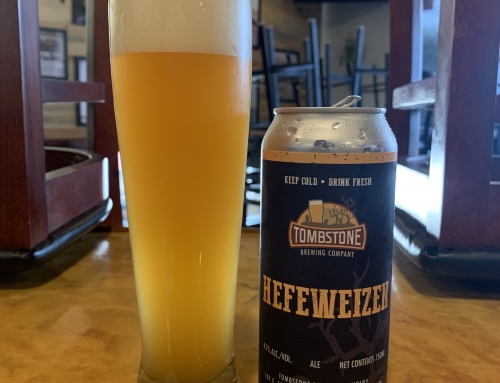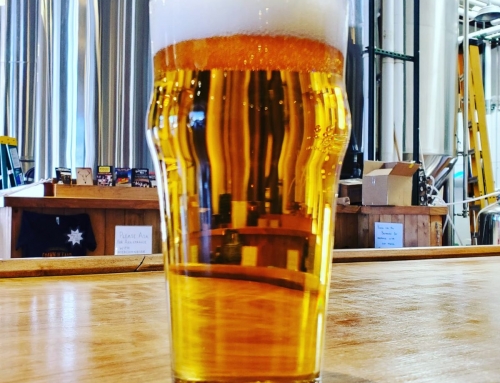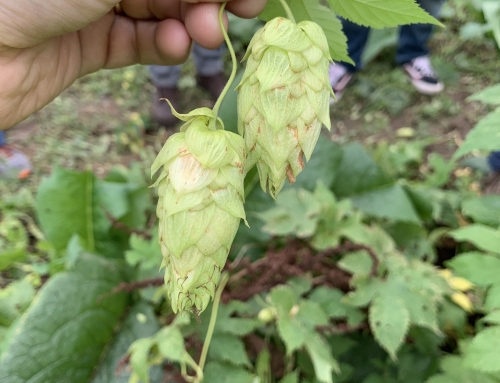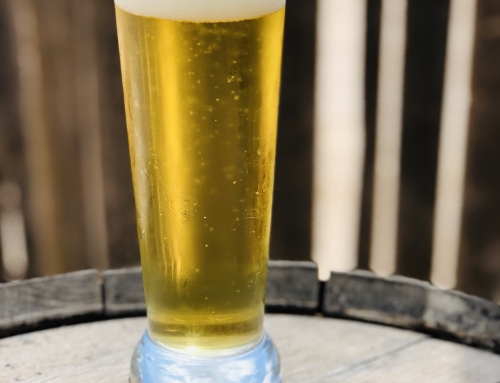As I get caught up on my blog posts, I’m going to try to refrain from saying “I’m super excited about this one!” in reference to every beer we’ve brewed… Except for this one, because I’m super excited about this one.
I’ve always loved barrel aging beers and the barrels we got for this are very intriguing for me. I’ve aged beers in unused barrels, bourbon barrels, and wine barrels. My first week in Tombstone, I received an e-mail from a cooperage that they had scotch barrels available. All of the owners of the brewery and I love Scotch, so right when I read the e-mails, I told Matt that they were available and he said buy them. Less than 5 minutes after getting the e-mail the barrels were ordered and we were making plans to purchase a bottle filler for this beer.
We asked specifically that we receive Islay barrels from Laphroaig and Ardbeg. When the barrels showed up, we realized that we got all Ardbeg barrels and one other barrel from a distiller I’ve never heard of: Glenglassaugh. I was hoping to find the peatiest barrels available and we got exactly what we were looking for. One of the Ardbeg barrels still had about 3 gallons of scotch in the bottom of the barrel.
We talked about what beer we wanted to put into them and we discussed the usual whiskey barrel styles, stouts, barleywine, Old Ales, etc. and we decided to brew a Strong Scotch Ale or Wee Heavy instead.
The fun thing about doing a traditional Strong Scotch Ale is that it features the malt flavors so prominently. Many brewers opt to use a high quality base malt and then brew the beer with a normal one hour boil and use melanoiden malts or crystal malts to get the beer amber colored or to get the sweet caramelly flavors. What we did instead was the old school method of boiling the wort for 5 hours (I actually went closer to 6 hours to boil off enough volume to reach our intended gravity). With the 5 hour boil, the wort gets dark and takes on a very rich, bready flavor and the flavors that develop are very complex with descriptions like honey, caramel, biscuit, or sometimes even burnt raisin. We used an old traditional floor malted Maris Otter for the base and it really accentuated the bread and the caramel malt flavors as well as some of the honey and even a little bit of milk chocolate.
We brewed the beer to go into the barrels at 11.9% ABV which meant we needed a very strong yeast strain. The yeast that we used really brings out a lot of the raisin flavor and leaves a very crisp mouthfeel like you might expect to find in a lager, so even though the beer is extremely complex and thick, it feels very drinkable at the high ABV. The thick body should provide a platform to support the scotch barrel flavors, and when the beer comes out (Sometime in early January), this will be one of the beers that I anticipate trying more than anything I’ve brewed before. Be on the lookout for this in bombers right after the new year!





Leave A Comment